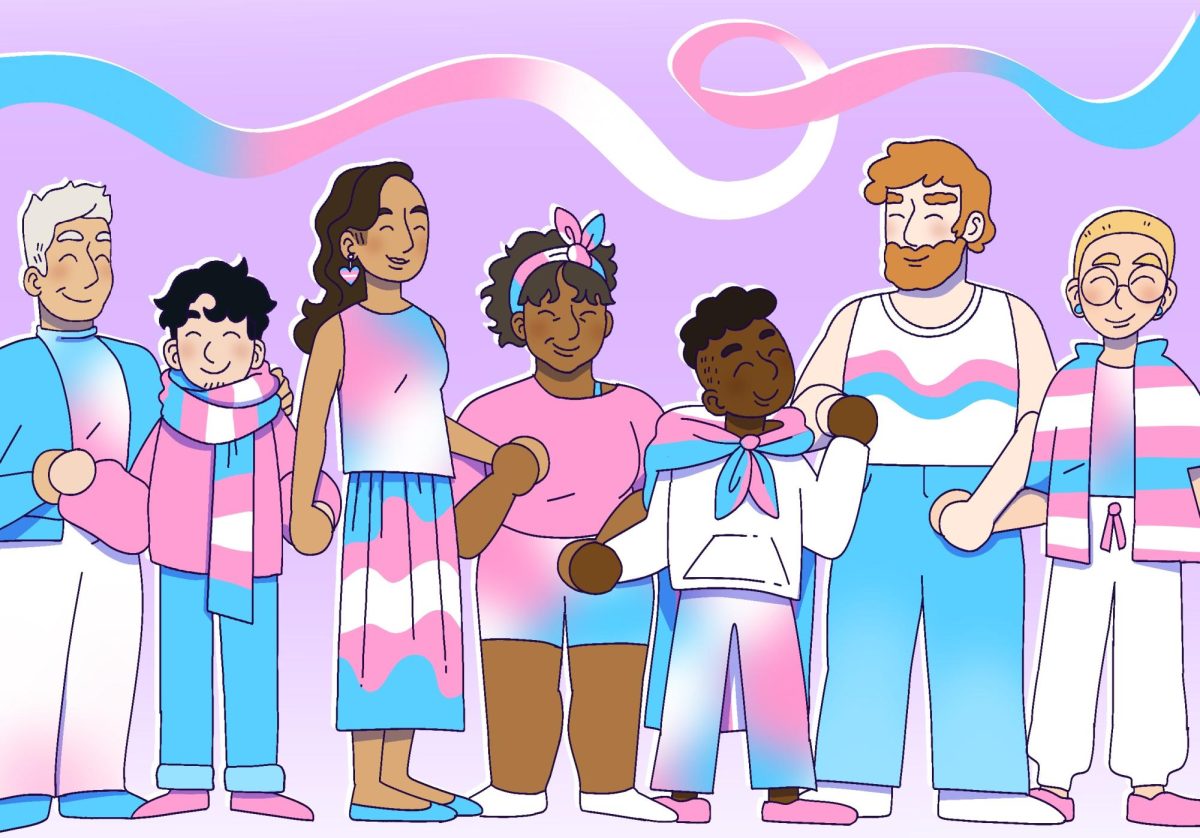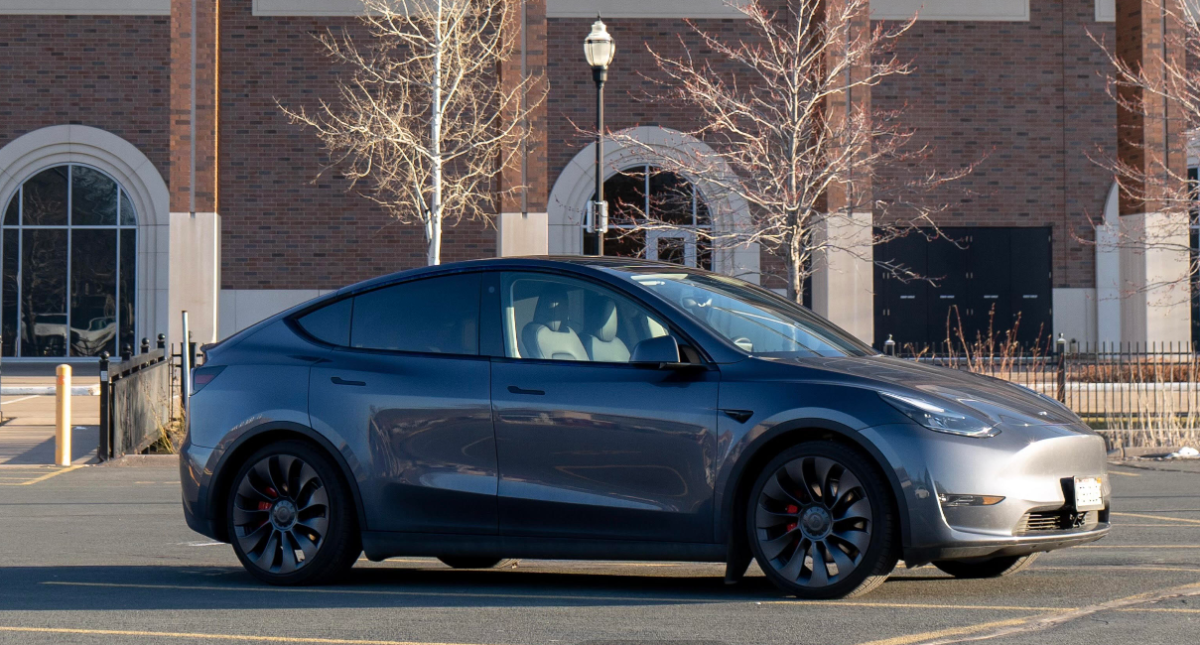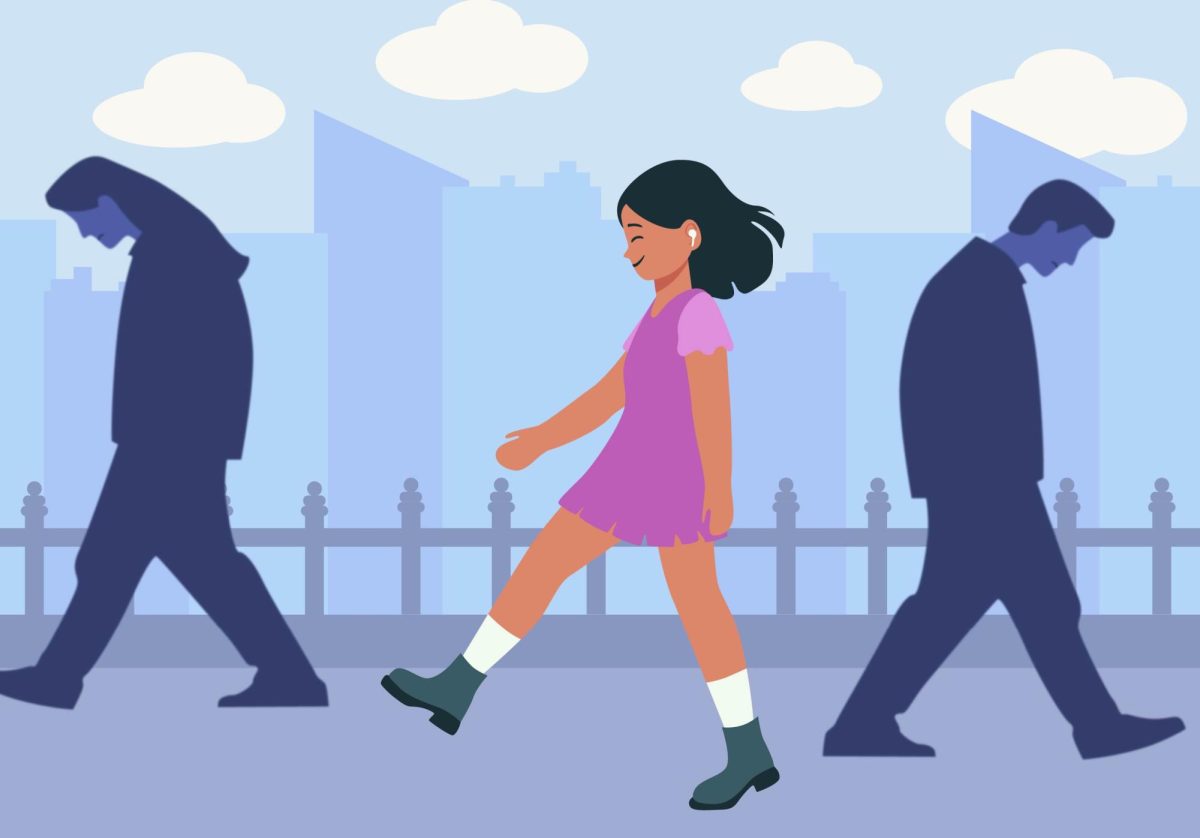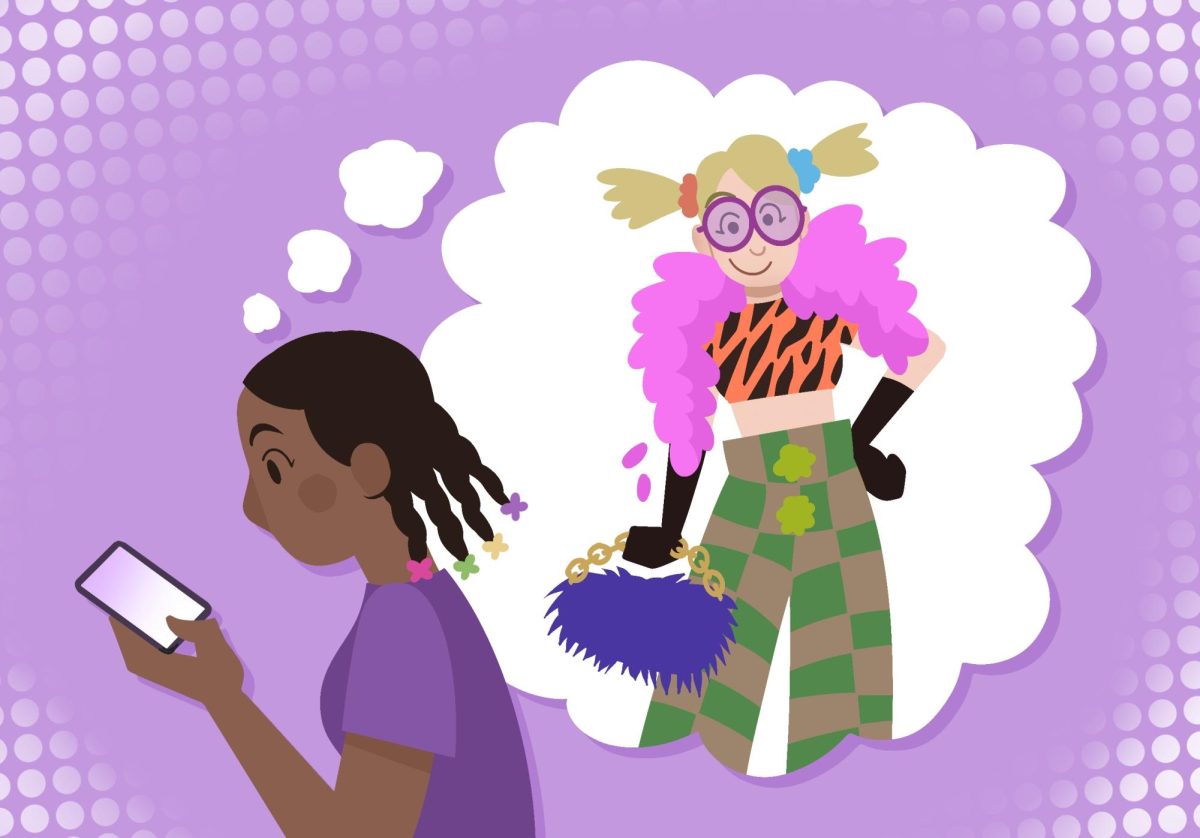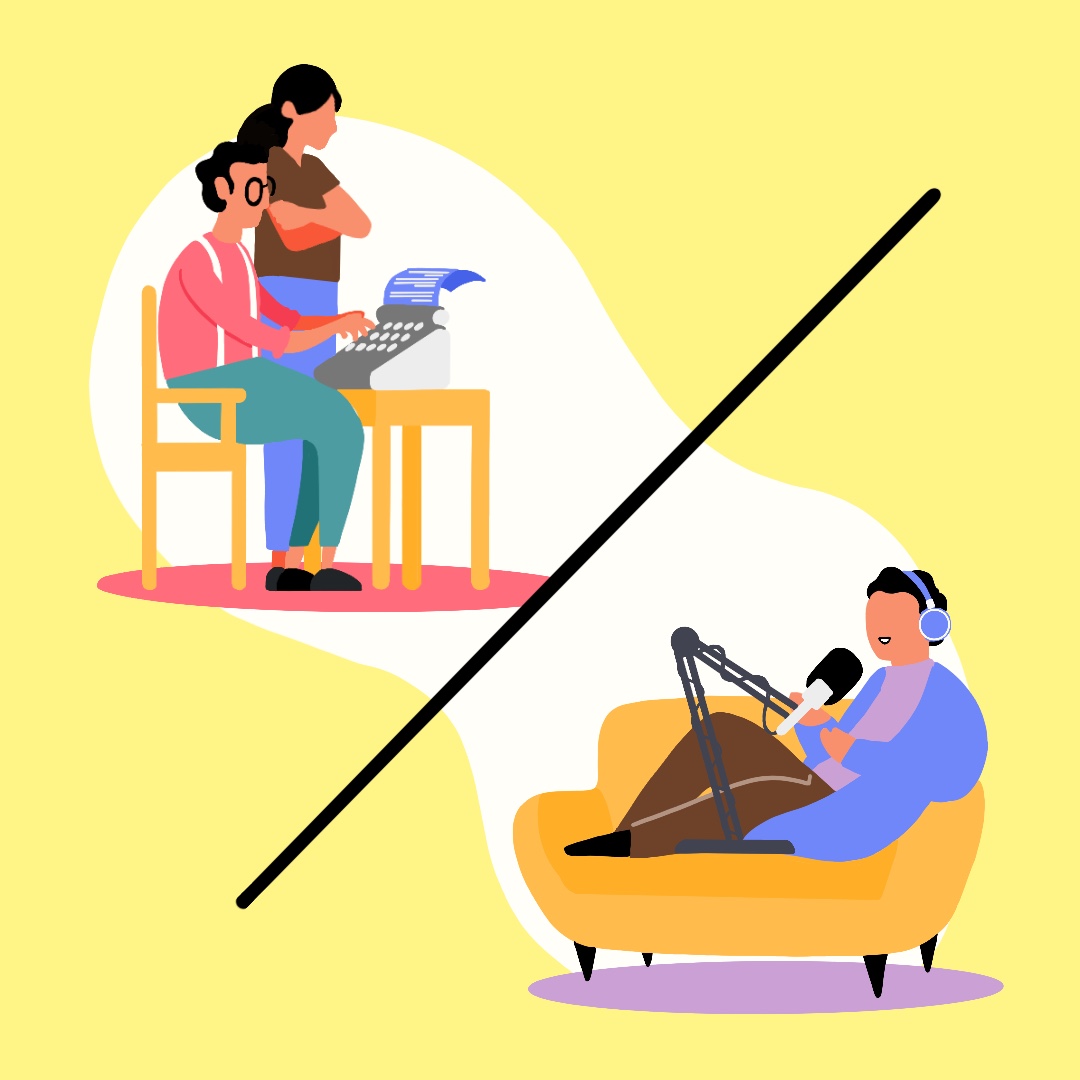Note: Another mass killing occurred in the duration of writing and editing this column.
There have been 283 mass shootings in 2019 documented by the Gun Violence Archive, which defines a mass shooting as four or more people shot or killed at the same event or location not including the shooter. It is virtually impossible to avoid media surrounding gun violence in the U.S., especially in recent years, given that the rate of mass shootings has tripled since 2011, according to the National Council for Behavioral Health. It’s no wonder that 79 percent of American adults experience some amount of stress regarding mass shootings, according to the American Psychological Association. Understandably, too. You can cite the statistical evidence of how rare these incidents are, tell me I’ll ultimately die of heart disease before I encounter an active shooter, or just flat out say I’m a bummer for bringing it up – but coverage of mass shootings strikes people on a visceral level. There’s not much to say that can alleviate fear when, time and time again, the government takes no observable action to counter the pattern of mass violence against its people.
When responding to an environment in which nothing feels safe, it makes sense that media outlets and politicians desperately reach for a source or catalyst to blame in a shooter’s background or given situation. It’s irresponsible, sure, but it helps people sleep at night to think they’ve identified the cause of an overwhelmingly violent epidemic. We seek answers and want to believe them, regardless of their legitimacy, and politicians are willing to back that reasoning in order to keep their interests, ahem funding from the NRA, in tact.
There are two conclusions that people arrive at as the sole explanation when mass shootings occur: mental illness and access to guns.
Guns are the single link that connect every mass shooting ever. Luckily this is an opinion column, so I can state my widely controversial opinion: it’s really difficult to shoot someone with a gun if you don’t have a gun.
Outside of guns themselves, white supremacy has been linked to 16 high-profile attacks, resulting in over 175 deaths in the past eight years.
It’s no secret that responses to these incidents are inherently partisan. Arguments which exclusively cite mental illness as the culprit of mass violence primarily stem from the far right and detract from the gun control discussion. The left rejects any mention of mental illness in coverage of mass shootings; white supremacy is not a diagnosis. Given that white nationalism is ingrained in the history, culture, social and economic structures of the U.S., racism and bigotry can’t be described as individual behavior deviating from normal, according to the American Psychiatric Association.
Roughly 18 percent of the U.S. population, more than 40 million people, have more than one diagnosable mental illness, yet people with diagnoses only account for 4 percent of all violent crime. With so many people falling into this category, myself included, using the umbrella term “mental illness” to categorize shooters disregards the complexities of mental health. People with mental illness are far more likely to be the victims of violent crime than to ever actually commit one. Explaining away every mass shooting as an outcome of mental illness blames, stigmatizes and dehumanizes an entire population, thus bolstering the preexisting cultural and personal obstacles that prevent individuals from seeking out help.
Noting the vastness of mental illness and rarity of violent symptoms doesn’t necessarily disqualify mass shooters from the very broad category of mental illness. Just because my mental illness, which is specific to me, doesn’t make me violent, doesn’t mean that mental illness has nothing to do with a separate individual’s horrible, violent behaviors. This is not to say that perpetrators aren’t responsible for malicious actions and intentions, just that people do not exist and make choices in a vacuum.
Maybe – and I’m open to being wrong – in some individuals, undiagnosed or untreated mental illness makes someone more susceptible to extremist ideologies and groups, and those two factors work in conjunction to develop horrible individuals. Even in this totally outrageous hypothetical, mental illness is not the sole contributing factor to violent incidents. Just one piece of the puzzle: correlation, not causation.
As much as the country needs a clear, cut and dry explanation for the rise in public violence, research doesn’t have one yet. In fact, a lot of research into the subject is stifled by sheer bureaucracy, as the Dickey Amendment prevents federal funding to the Center for Disease Control and Prevention to be used in any way that may advocate for gun control.
Despite the obvious answer of how and with what weapon the act was committed, there isn’t a universal indicator preceding mass shootings, and demonizing anyone with a diagnosis skews the national conversation in favor of terror. The commonalities are guns and white supremacy.






